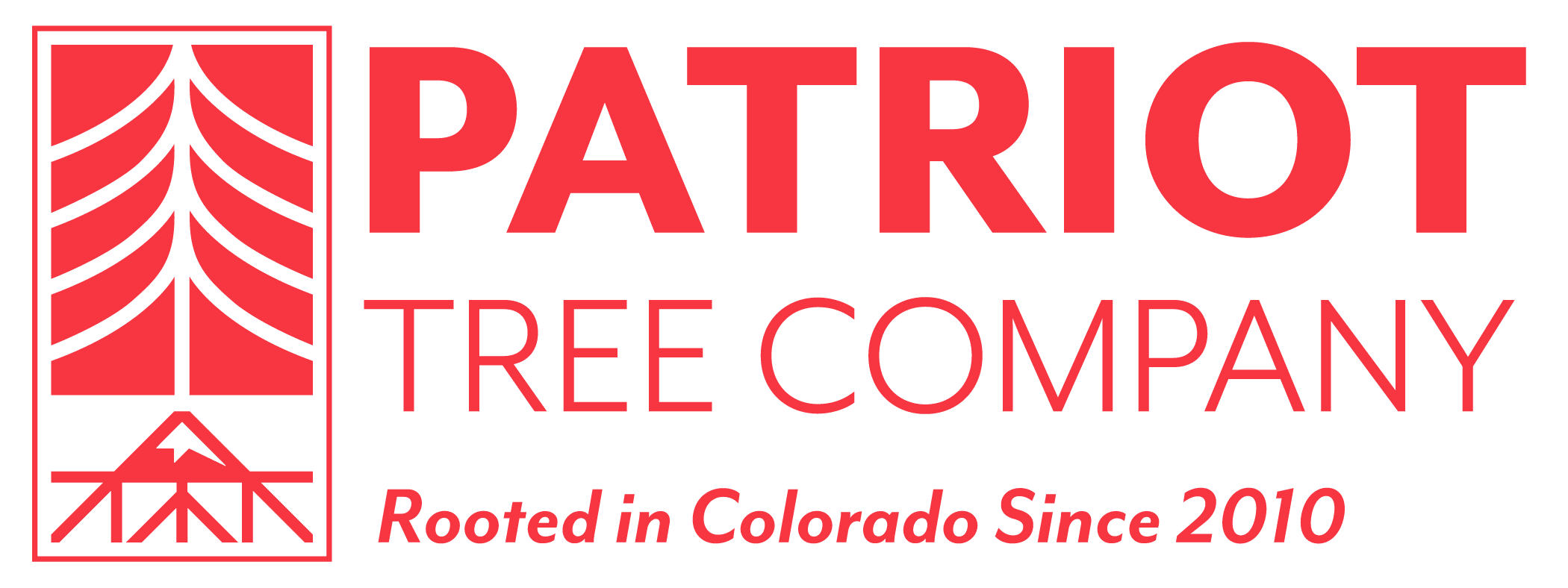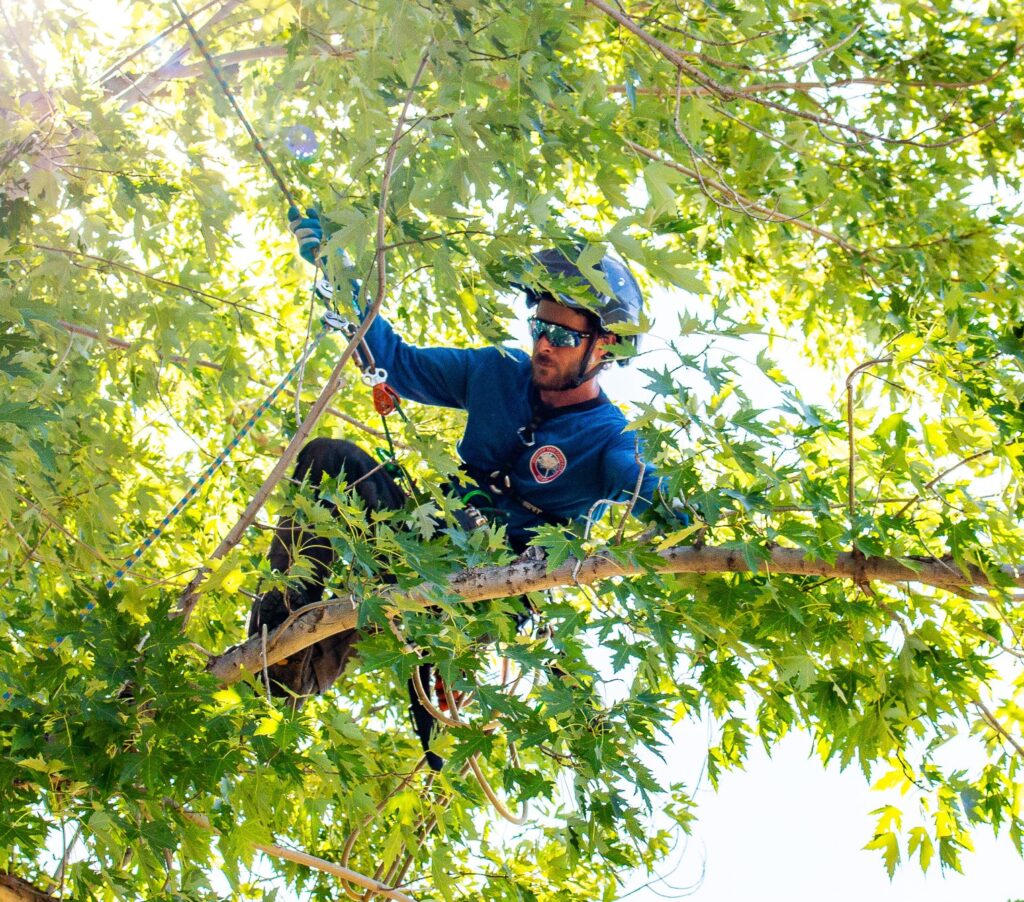Before getting into the question of why we prune trees, it would be helpful to at least partially introduce two concepts, tree health and tree structure. Tree health relates to a tree’s ability to produce and use the energy required to complete its essential life processes, its ability to defend itself against disease and insect pests, and its resiliency to disorders caused by adverse environmental conditions. Structure relates to a tree’s form, and how that form affects its ability to withstand the forces that are applied to its parts. The force of gravity on tree parts increases as a tree gets bigger or experiences loading due to snow, ice, or rain. During windy weather, air resistance creates an increased load on tree parts through the force of friction. If a tree part is not able to withstand the force being applied to it, it will fail (break). If the part that fails is over your hot tub, solar panels, bedroom, or vehicle, then you have what we in the industry call a “problem”.
Removing live branches has consequences
We do not remove live branches when we prune trees to improve tree health (with the exception of sanitation pruning to remove infested or diseased tree parts). In fact, any pruning cut that involves removing a live and healthy branch results in a loss of overall health to the tree. Live branches have leaves (or will have leaves if they are dormant) that are the energy producing factories of the tree, and removing them results in less energy production for the tree. Also, it requires a significant amount of energy for a tree to heal over live pruning wounds and to defend itself from infection at the site of the cut, which all leads to an energy sink in the tree.
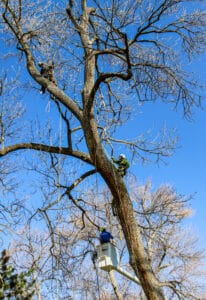
Tree pruning objectives: Why we prune trees.
Then why do we remove live branches at all? Common reasons to prune trees live branches include improving tree structure and mitigating risk. But wait …improving the structure of a tree comes at a cost to its health? Yes (potentially). Therein lies one of the many arborists’ dilemmas. How do we improve structure or mitigate risk while negatively impacting tree health as little as possible? By clearly outlining what the pruning objectives are before any work begins on the tree, by taking as little live material as possible while still accomplishing the pruning objective, and by making good cuts with sharp tools in the right places.
Of course, there are other reasons to prune trees outside of improving structure and mitigating risk. Many times, trees are planted too close to structures and can cause issues with branches rubbing on siding, gutters, and roofs. Low branches can cause space and visibility issues for roads and sidewalks. They can also cause unwanted shade on solar panels or grow too close to power lines. We call this clearance pruning, when branches are removed to provide space between a tree and adjacent infrastructure. Clearance pruning can also be necessary to provide space between adjacent trees. Damage to the health of the tree can be limited by performing clearance pruning before large branches need to be removed to accomplish the objective and by directional pruning to minimize conflicts in the future.
Improving aesthetics is often cited as a reason to prune trees, and I am often asked by clients to prune a tree to “make it look better”. There is a problem with this request, as it assumes that your version of “looking better” is similar to my version of “looking better”. Beauty is in the eye of the beer holder, or something like that. There is simply no accounting for individual tastes. In most cases (unless explicitly discussed and agreed upon) when we prune trees we use what the arboriculture industry calls a natural pruning system. That means, as far as aesthetics are concerned, our objectives are to prune the tree to its “natural” form. Very few tree species in this world naturally have a lollipop, umbrella, or perfectly rounded form. Plus, natural just looks better. But that’s my taste.
We are often asked to “make a big tree small again” by reducing the height of a tree, and this is usually for two reasons. One reason clients ask us to reduce the height of a tree is because of a fear of tall tree parts and the potential damage they can cause if they break. Making heading cuts and reducing the height of the tree to a predetermined point (also known as “topping”) can cause trees to grow in ways that can make them significantly less safe than before the pruning was performed. If you don’t believe me, check out this document from TreesAreGood: Why Topping Hurts Trees. Another reason is that the tree blocks a view. If this is the case, it may be possible to improve the view by performing proper crown reduction if the tree does not extend into the view too far.
What about removing dead branches when we prune trees?
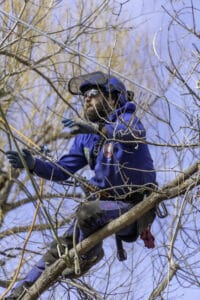
Every tree species is different in its typical pruning needs for urban environments, every individual is physiologically and structurally unique and occupies its own unique space in the landscape, and each individual will have different pruning needs at different points throughout its lifetime. So as Jud likes to say, “it’s situational”. I hope you enjoyed this post, and please feel free to email me at erik@patriottreeco.com if you have any questions or would like clarification on any of my points. Until next time, stay safe out there, and go slide on some snow if you are into that kind of thing.
Erik Gustafson
ISA Board Certified Master Arborist RM-7467B
Co-owner/General Manager, Patriot Tree Company
